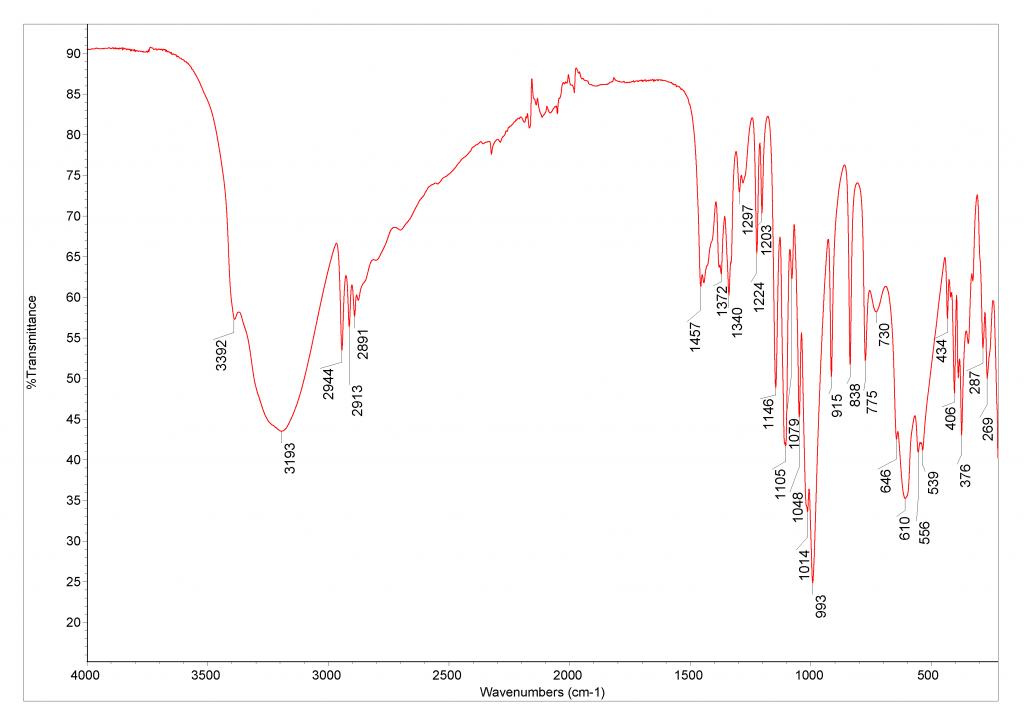


Photocatalytic reduction of CO 2 may lead to methane formation. This new emerging technique can be used to create many useful products such as methane production, solar hydrogen, CO 2 conversion…etc. The photocatalytic degradation of organic compounds in an inert atmosphere is the term for producing valuable sound suitable alternative renewable energy. This may result in a fast rate of recombination between the photogenerated charge carriers (e − and h +). This may be attributed to the synergetic effect between ZnO and TiO 2 particles which leads to a remarkable reduction in the newly formed band gap energy. However, when using composite ZnO/TiO 2 photocatalysts, the rate of CH 4 formation is significantly lower than when using ZnO photocatalysts alone. According to the findings, the designed morphologies of pure ZnO photocatalyst impacted the formation of photobiogas from the photocatalytic decomposition of ethanol as a model of organic pollutants in wastewater. This increase is accompanied by a significant shift in surface shape and band gap energy. Moreover, the photocatalytic activity of the tuned nanostructured materials is found to be enhanced by the effect of the capping agent and controlling the morphology. This is mainly due to its higher surface area than pure ZnO. Where the composite matrix exhibits higher photocatalytic activity than pure ZnO nanomaterials as a result of the synergistic interaction between ZnO and TiO 2 particles.

The photocatalytic activity of the ZnO and ZnO–TiO 2 composite nanostructures was evaluated for the photodegradation of the Tartrazine (Tr) dye aqueous solution. The photocatalysts were characterized by the use of X-ray diffraction (XRD), transmission electron microscopy (TEM), Brunauer, Emmett, and Teller (BET) surface area analyzer, Scanning electron microscope (SEM-EDX), and UV–Vis absorption spectroscopy. It is possible that this could be modified to produce photobiogas out of organic dye pollution. A morphologically tuned nanostructured controlled ZnO and ZnO/TiO 2 nanocomposites were synthesized using a simple hydrothermal process under the control of several functionally capping agents marking a milestone in photocatalysis. The photocatalytic degradation (PCD) of ethanol in an inert atmosphere on catalysis was explored in a lab-scale experiment.


 0 kommentar(er)
0 kommentar(er)
